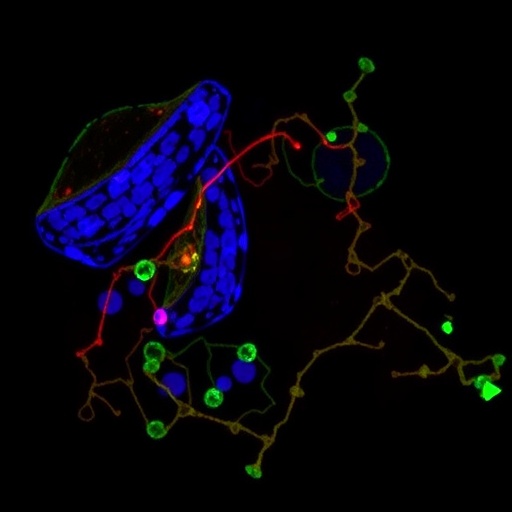In the appropriate clinical setting, suspicion for acute aortic dissection should be raised when patients present with findings that have a high specificity and high positive likelihood ratio (hypotension, pulse deficit, or neurologic deficit). That is the finding of a study to be published in the April issue of Academic Emergency Medicine, a journal of the Society for Academic Emergency Medicine (SAEM).
The lead author is Dr. Robert Ohle, MB, BCh, BAO, MSc, MA, Department of Emergency Medicine, Ottawa Hospital Research Institute, University of Ottawa, Ottawa, Ontario.
The study by Ohle, et al, suggests that, conversely, findings with a high sensitivity and low negative likelihood ratio (a low American Heart Association aortic dissection detection score) decrease likelihood of aortic dissection in patients with chest pain. The authors propose that clinical gestalt informed by high- and low-risk features together with an absence of an alternative diagnosis should drive investigation for acute aortic dissection.
Ohle, et al, recommend that further investigation for acute aortic dissection should be guided by evidence-informed clinical suspicion and through a shared decision-making process with patients.
Dr. Ohle: "Aortic dissection: Your gestalt is the only tool you have…make sure it's informed by the appropriate high and low risk clinical characteristics."
The findings of the study are discussed with Dr. Ohle in the featured episode of SGEM Hop (Skeptics Guide to EM Hot Off the Press).
###
The Society for Academic Emergency Medicine (SAEM) is a 501(c)(3) not-for-profit organization dedicated to the improvement of care of the acutely ill and injured patient by leading the advancement of academic emergency medicine through education and research, advocacy, and professional development. To learn more, visit saem.org.
Media Contact
Stacey Roseen
[email protected]
847-257-7227
@SAEMonline
http://saem.org
http://dx.doi.org/10.1111/acem.13360




